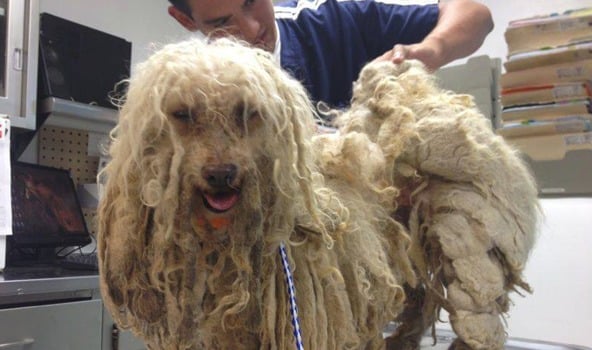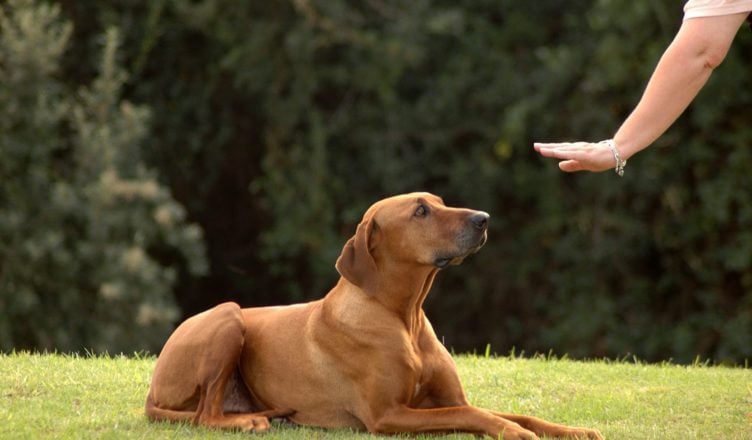Explaining 15 Confusing Dog Behaviors

Dogs have their own way of communicating, but many behaviors are often misread. For example, some owners think tail chasing means playfulness, but it can signal anxiety or medical issues. Understanding these actions helps strengthen your bond and prevent misunderstandings.
The Mystery Behind Head Tilting

A dog tilting its head might look like pure curiosity, but there is more to that adorable gesture. Some experts believe dogs do it to adjust their ears for better sound reception. Others suggest it is a learned behavior. If tilting their head elicits a reaction, they will keep doing it.
Circling Before Lying Down

A dog tilting its head might look like pure curiosity, but there is more to that adorable gesture. Some experts believe dogs do it to adjust their ears for better sound reception. Others suggest it is a learned behavior. If tilting their head elicits a reaction, they will keep doing it.
Constant Paw Licking

Some dogs lick their paws to self-soothe, but excessive licking could signal allergies, anxiety, or even an injury. Veterinarians warn that obsessive licking can lead to inflamed skin or infections. If your pup’s licking seems nonstop, a vet visit might be needed. A little self-care is regular, but too much might need attention.
Tail Chasing

A playful puppy twirling in circles might seem normal, but constant tail chasing can mean something is off. Some breeds, like Bull Terriers, are genetically predisposed to compulsive spinning. It could be anxiety or even a medical issue like flea allergies in older dogs.
Grass Eating

Some owners panic when they catch their dog munching on grass, assuming an upset stomach is the cause. Research suggests many dogs enjoy the texture or flavor. Others might eat grass to trigger vomiting when they are feeling queasy. As long as it is pesticide-free, a little greenery will not hurt.
Humping Everything

Contrary to popular belief, humping is not always about dominance or mating. Some dogs do it when they are excited or just unsure how to process their energy. Even spayed or neutered dogs keep this habit. Redirecting their attention with a toy or command usually stops the behavior unless your dog is just that committed.
Belly Exposure

Flipping onto their back with paws in the air can mean two very different things. In a relaxed setting, it is a sign of trust and comfort. Around a more dominant pup, it is likely a submissive gesture. Just because a belly is exposed does not mean they want a belly rub, so proceed with caution.
The Intense Stare

Some dogs lock eyes with their owners out of pure affection. Staring releases oxytocin, the same hormone that strengthens human bonds. Others are just waiting for you to drop a piece of food. It could be a warning sign if a dog is staring while stiff or tense. Context is everything.
Barking At Nothing

A dog barking at what seems like thin air can be unsettling. Their hearing is much sharper than ours, picking up distant sirens or even rodents in the walls. Some breeds are naturally more vocal. Before blaming ghosts, consider their surroundings. They might just be hearing something you cannot.
Digging On Beds And Couches

Dogs scratching at furniture before lying down might look destructive, but it is instinctive. Wild canines dig to regulate temperature and mark their territory. So, that urge to dig a “nest” is still there. A designated blanket might help protect your couch from their creative remodeling.
Howling At Sirens

Wolves howl to communicate across long distances, and domestic dogs have not let go of that trait. Some react to sirens as if responding to a distant pack member. Others find the high-pitched sound irritating. Either way, the drama of a full-blown howl session is always an experience.
Carrying Food Away

Ever notice your dog grabs a mouthful of kibble and trots off to eat it elsewhere? This habit dates back to pack mentality. Wolves carry food away from the main group to eat in peace. Some dogs prefer dining in privacy, even if it means stashing kibble under the couch.
The Science Behind Bum-Sniffing

It may seem rude to humans, but sniffing another dog’s rear is a polite introduction in canine society. Their sense of smell is powerful enough to detect age, mood, and even health conditions. In a way, it is like exchanging business cards with a lot more personal details.
Yawning When Not Tired

A dog’s yawn is not always about exhaustion. Some use it to ease tension in stressful situations, like at the vet or during training. Others yawn as a social signal, mirroring their owners. If your dog yawns after you do, congratulations. You have got an empathetic companion who is genuinely tuned into you.
Following You Everywhere

Whether you call it loyalty or a built-in GPS, some dogs stick to their owners like glue. Certain breeds are naturally clingy, while others develop separation anxiety. For the rest, it is just routine. If you are the source of food and affection, why would they let you out of their sight?






